Landforms Assessment Worksheet
Landforms Assessment Worksheet is designed to evaluate the understanding and knowledge of students in identifying and describing various landforms. This worksheet is suitable for educators and parents who seek a resource to gauge the comprehension level of students in the subject of geography.
Table of Images 👆
More Other Worksheets
Kindergarten Worksheet My RoomSpanish Verb Worksheets
Cooking Vocabulary Worksheet
DNA Code Worksheet
Meiosis Worksheet Answer Key
Art Handouts and Worksheets
7 Elements of Art Worksheets
All Amendment Worksheet
Symmetry Art Worksheets
Daily Meal Planning Worksheet
What is a landform?
A landform is a natural feature of the Earth's surface, such as mountains, valleys, plains, and plateaus, that result from the geological processes like erosion, volcanic activity, and tectonic movement. Landforms play a crucial role in shaping landscapes and influencing the environment and ecosystems of a region.
How are landforms created?
Landforms are created through various geological processes such as tectonic plate movement, erosion by water and wind, volcanic activity, and weathering. Tectonic plate movement can lead to the formation of mountains, valleys, and rifts, while erosion can shape coastlines, canyons, and river valleys. Volcanic activity can create mountains, islands, and plateaus, and weathering can break down rocks to form sediment that accumulates to create landforms like beaches and deltas. Over time, these processes continuously shape and change the Earth's surface, resulting in a diverse range of landforms across the planet.
What is the difference between a mountain and a hill?
The main difference between a mountain and a hill lies in their height and size. Generally, a mountain is taller and larger in size than a hill. Mountains are typically higher than 2,000 feet and have steep slopes and rugged terrain, while hills are lower in elevation and have gentler slopes. Additionally, mountains are usually part of a mountain range or system, while hills are standalone landforms.
How are valleys formed?
Valleys are typically formed through the erosion and movement of water, ice, or wind over long periods of time. Rivers flowing through the landscape carve out valleys by slowly eroding the land around them, creating a low-lying channel. Glaciers also play a significant role in valley formation, as they can carve out U-shaped valleys through the sheer force of their movement. Additionally, wind erosion can shape valleys in arid environments by wearing away at the land over time. The combination of these natural processes results in the diverse range of valley formations seen across the Earth's surface.
What is a plateau?
A plateau is a flat and elevated landform that rises sharply above its surroundings, typically with a relatively large and flat top. It is usually characterized by steep cliffs or slopes on one or more sides and is often formed by geological processes such as tectonic uplift, volcanic activity, or erosion. Plateaus can vary in size and are commonly found on every continent.
What is erosion and how does it shape landforms?
Erosion is the process by which rocks, soil, and other materials are worn away and transported by natural forces such as water, wind, and ice. This continuous movement of materials leads to the formation of landforms by shaping and sculpting the Earth's surface over time. For example, water erosion can create valleys and canyons by cutting through rock layers, while wind erosion can form sand dunes in deserts. Ultimately, erosion plays a significant role in shaping the diverse landscapes we see on our planet.
How are caves formed in landforms?
Caves are formed in landforms through a process called speleogenesis, which involves the dissolution of soluble rocks such as limestone, dolomite, and gypsum by natural processes like acidic groundwater and carbonic acid. As water passes through fractures and fissures in the rock, it dissolves and erodes the minerals, gradually enlarging the spaces and creating caverns and passages underground. Over time, this continuous erosion and deposition of minerals can result in the formation of intricate cave systems with unique formations like stalactites, stalagmites, and underground streams.
What role do rivers play in shaping landforms?
Rivers play a crucial role in shaping landforms through erosion, transportation, and deposition of sediment. Over time, flowing water carves out valleys and canyons, creating intricate drainage patterns and shaping the landscape. As rivers cut through rock and soil, they can create features like waterfalls, meanders, and floodplains. Additionally, rivers transport sediments downstream, depositing them in deltas and shaping coastal landforms. Ultimately, rivers have a significant impact on the physical geography of the Earth by continuously reshaping the land through their erosional and depositional processes.
What are the main types of coastal landforms?
The main types of coastal landforms include beaches, cliffs, dunes, estuaries, deltas, spits, barrier islands, and salt marshes. Beaches are sandy or pebbly shorelines formed by the actions of waves and currents. Cliffs are steep rock faces that are eroded by the sea. Dunes are mounds of sand formed by wind and wave action. Estuaries are partially enclosed coastal bodies of water where freshwater from rivers mixes with seawater. Deltas are landforms created at the mouth of rivers where sediment is deposited. Spits are narrow strips of land that extend into the sea, often formed by longshore drift. Barrier islands are long, narrow islands parallel to the mainland that protect the coast from erosion. Salt marshes are coastal wetlands that are flooded by tides and support unique ecosystems.
How do glaciers affect landforms?
Glaciers affect landforms through processes like erosion, deposition, and shaping of the landscape. As glaciers move, they pick up rocks and sediment which can erode the land beneath them, creating valleys, fjords, and cirques. The movement of glaciers can also deposit sediment as they melt, forming moraines, drumlins, and eskers. Additionally, glaciers can carve out features like U-shaped valleys and create lakes as they retreat. Overall, glaciers play a significant role in shaping the Earth's surface through their erosional and depositional actions.
Have something to share?
Who is Worksheeto?
At Worksheeto, we are committed to delivering an extensive and varied portfolio of superior quality worksheets, designed to address the educational demands of students, educators, and parents.

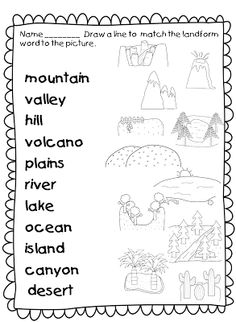



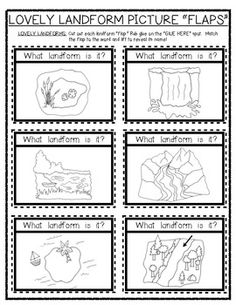
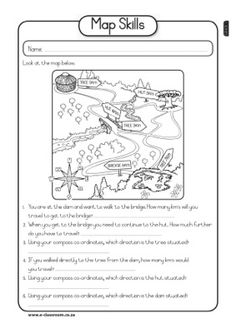
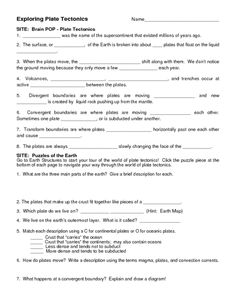
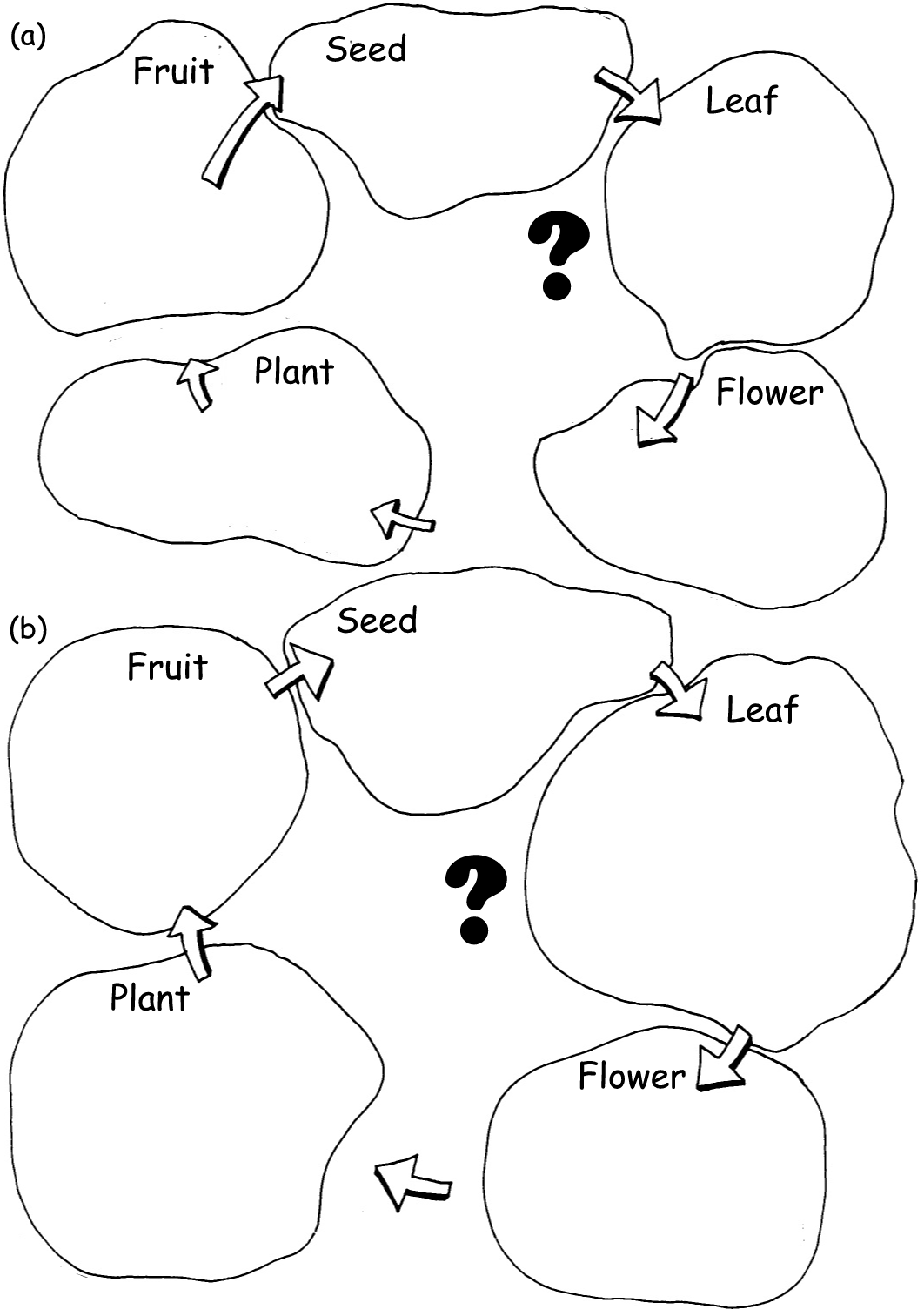
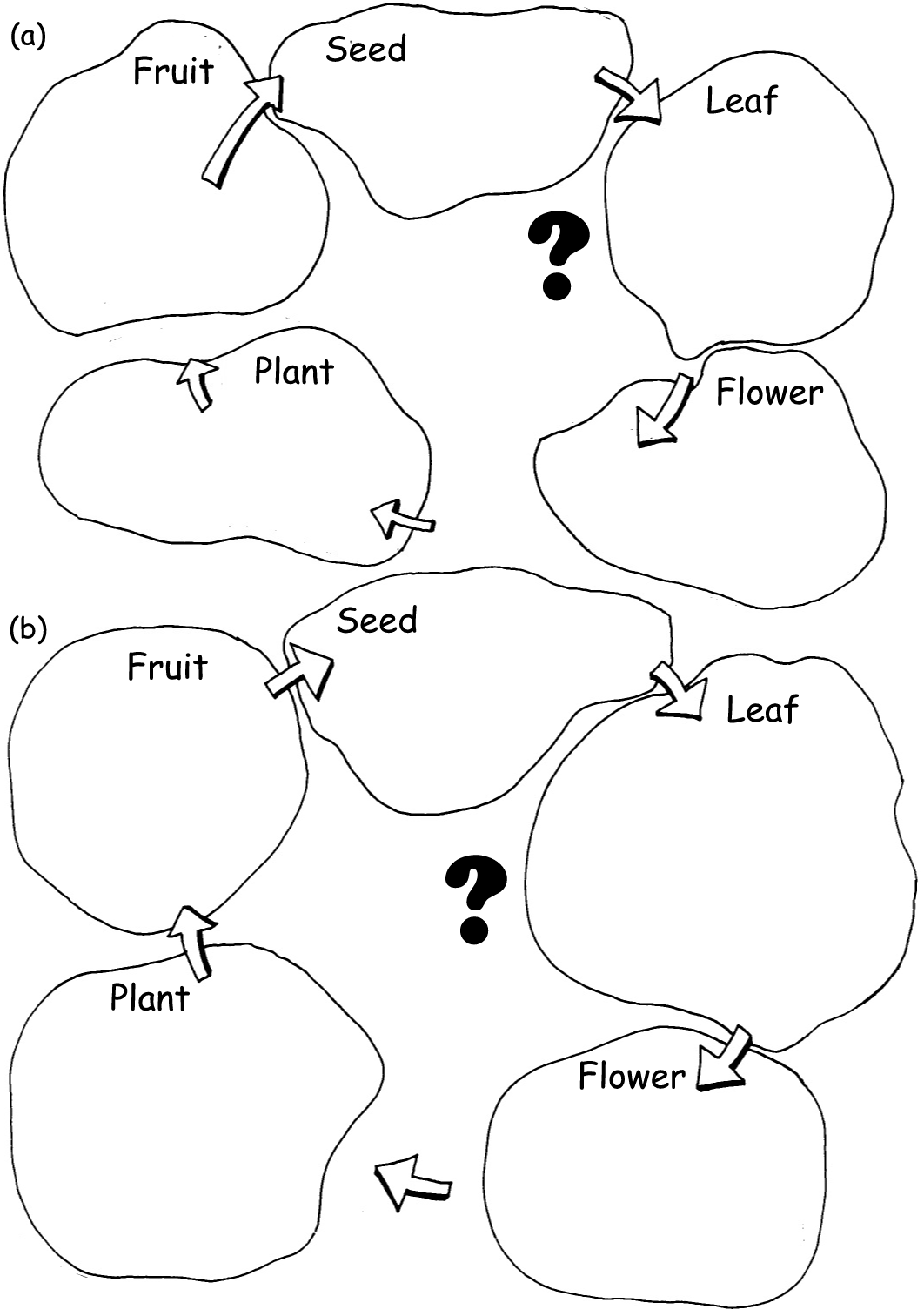

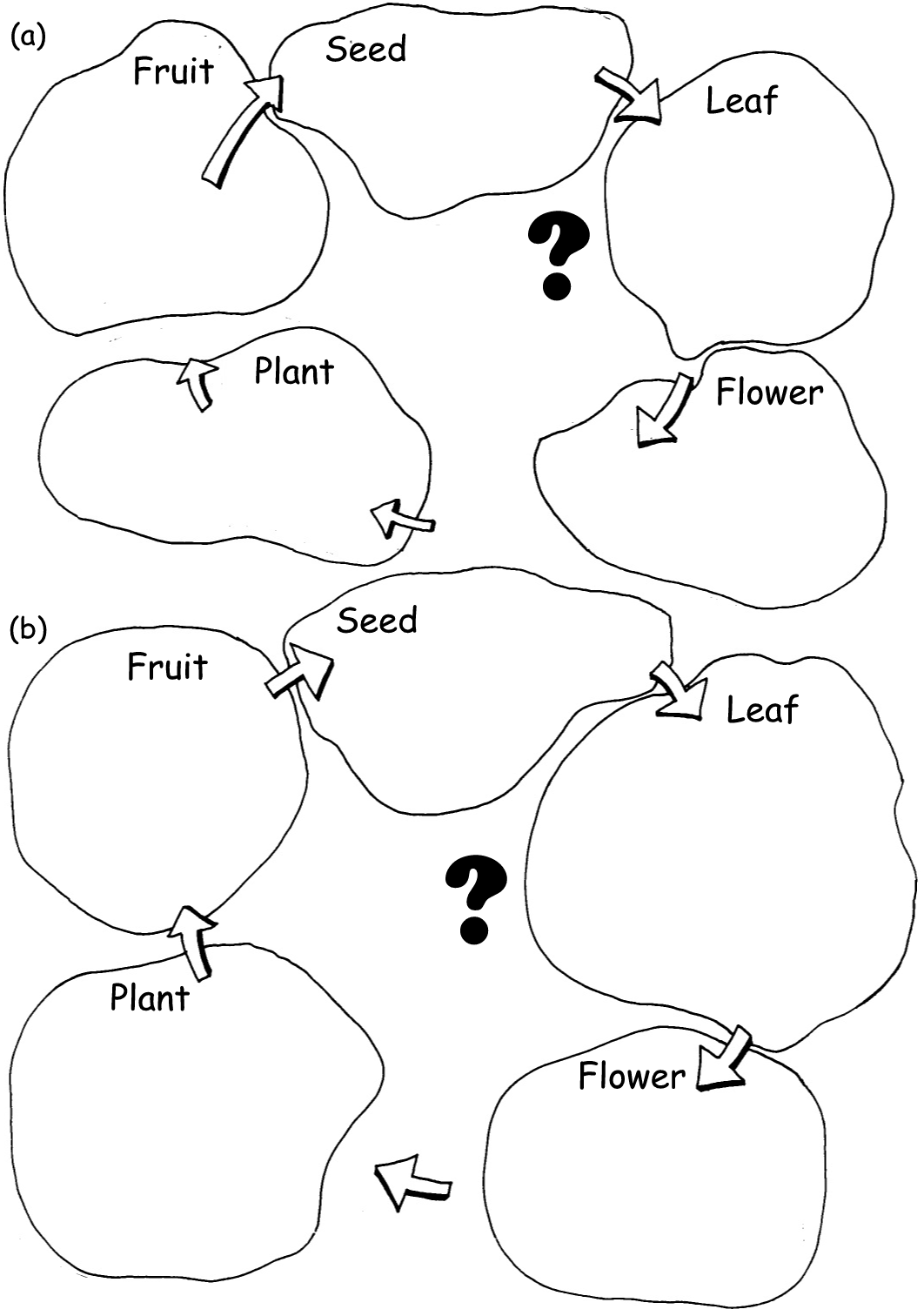
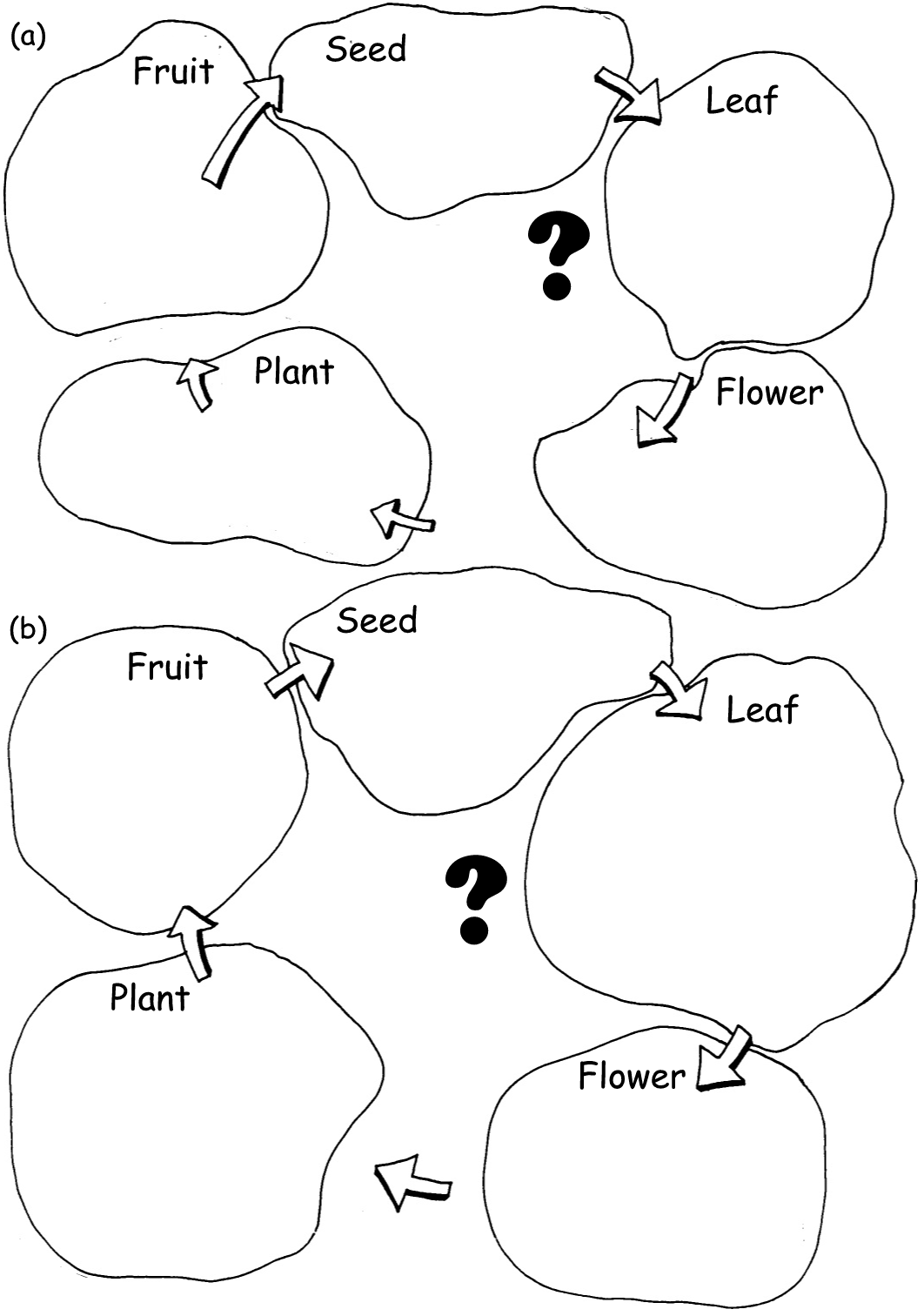
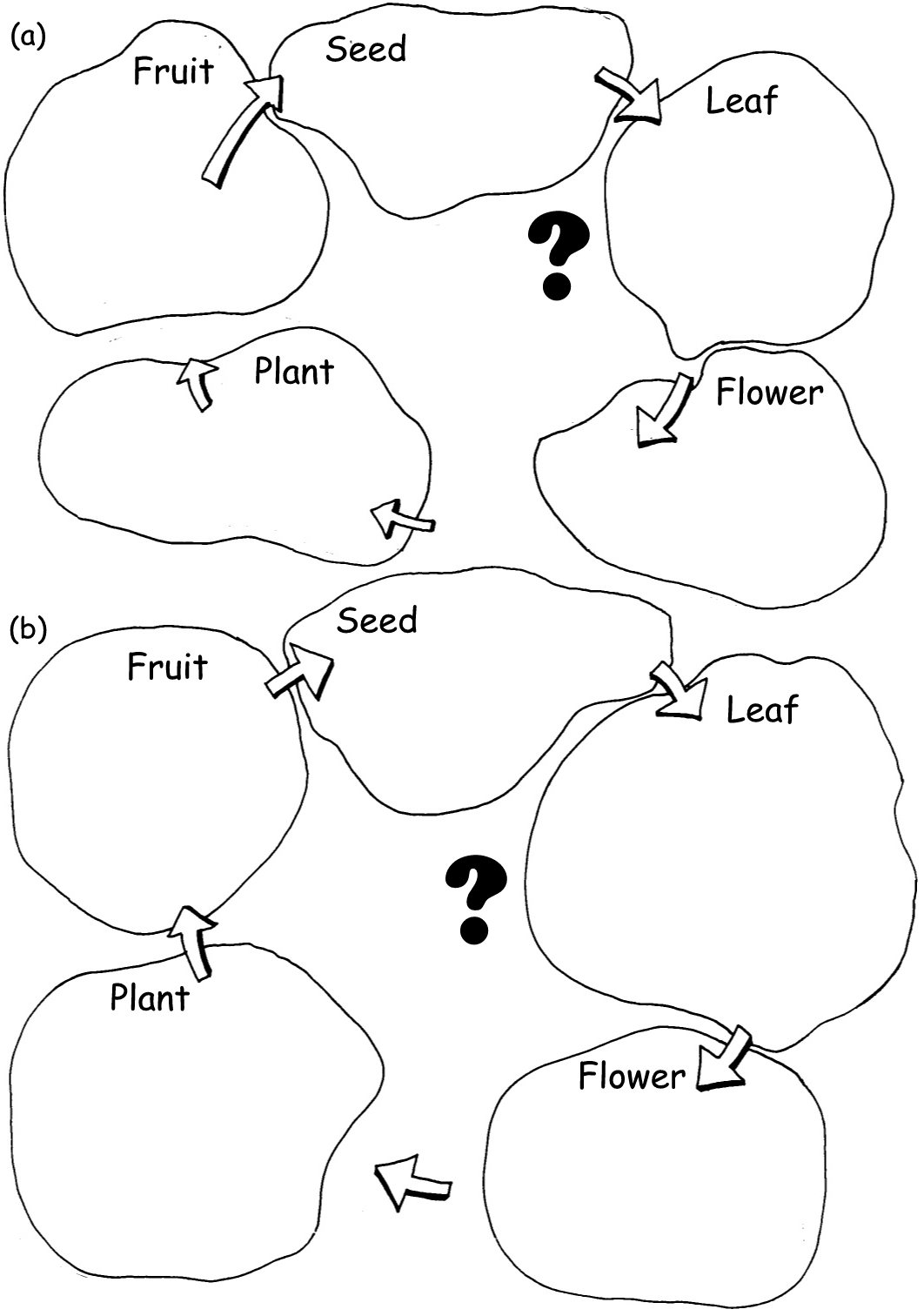
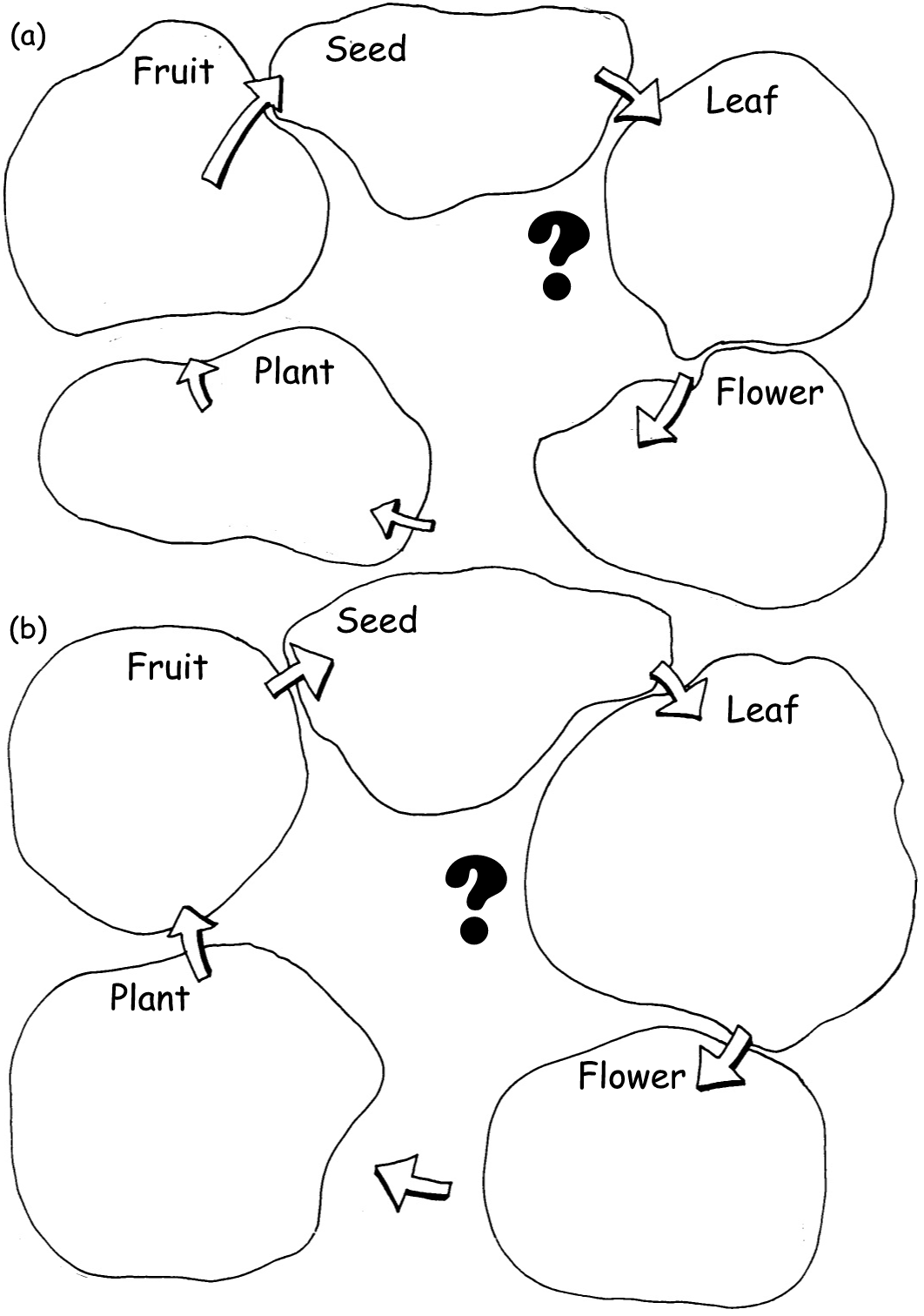
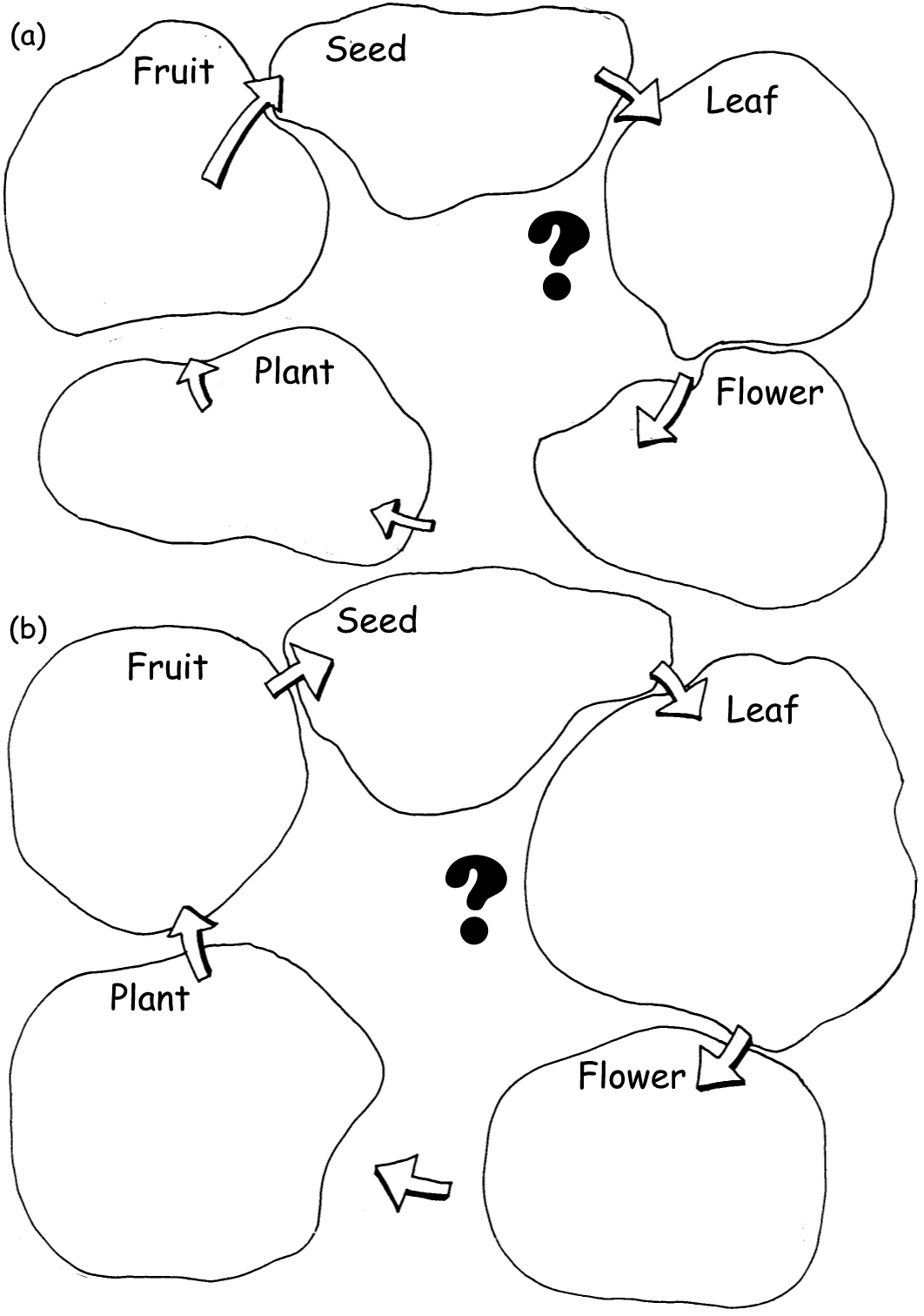


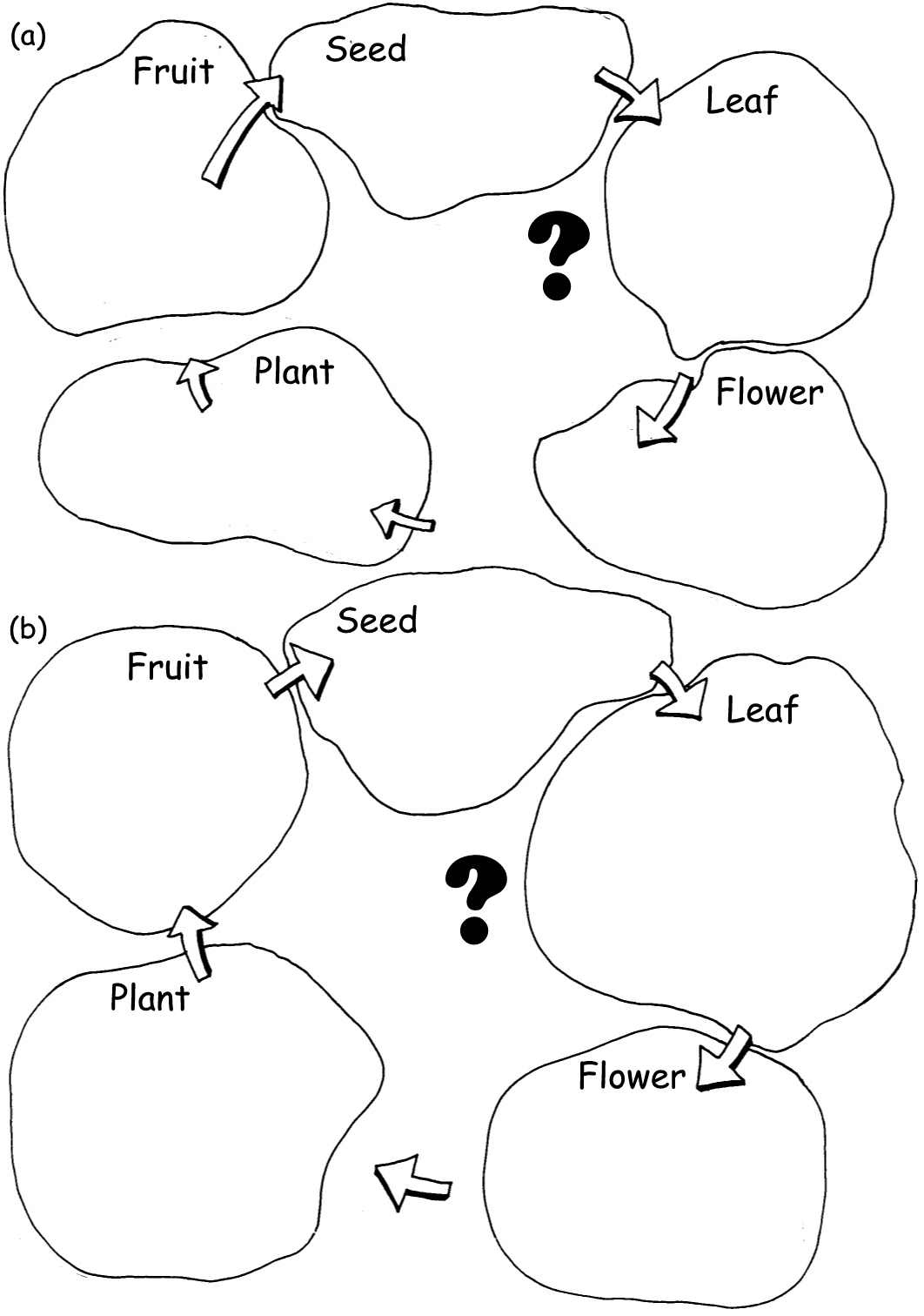
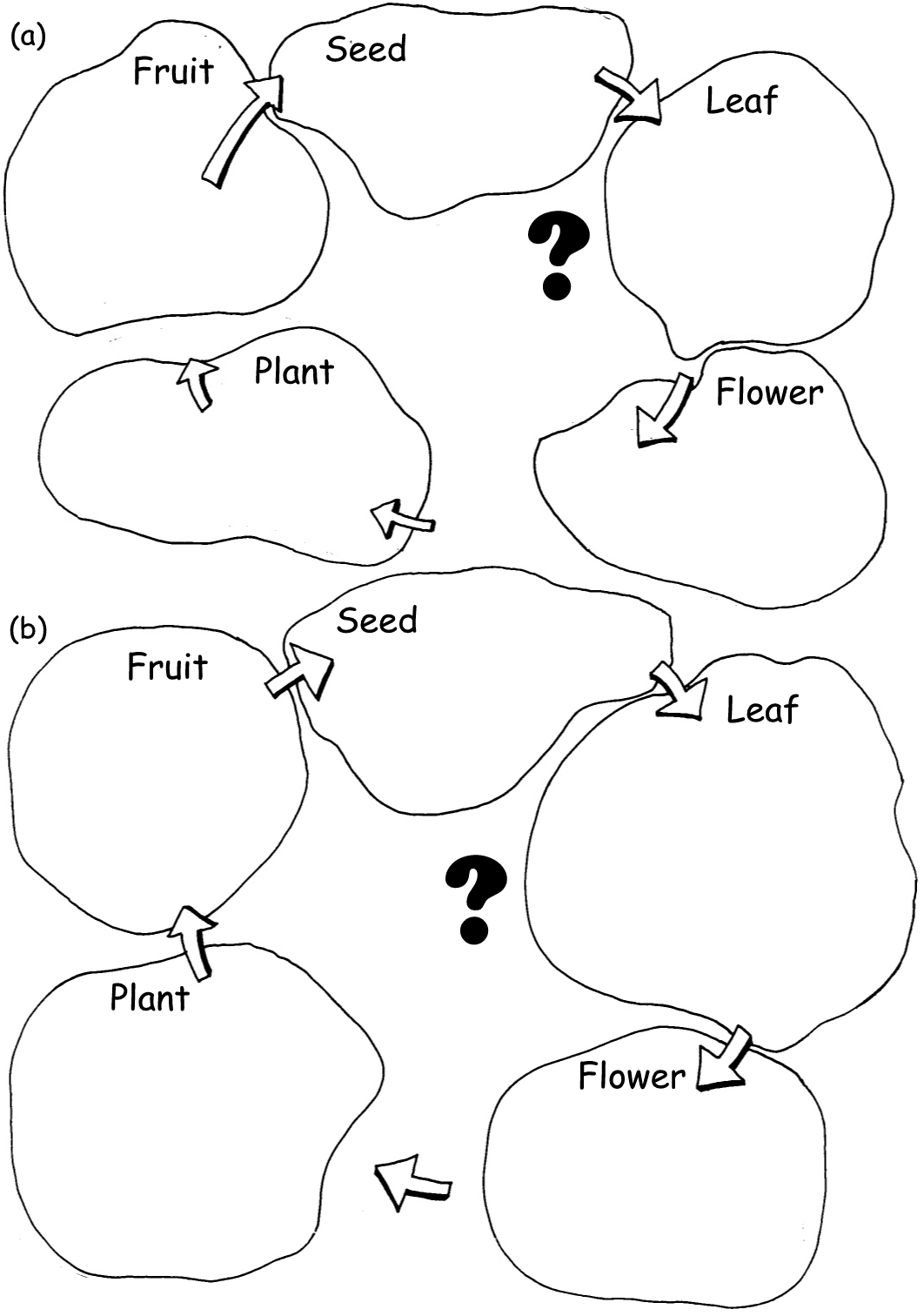
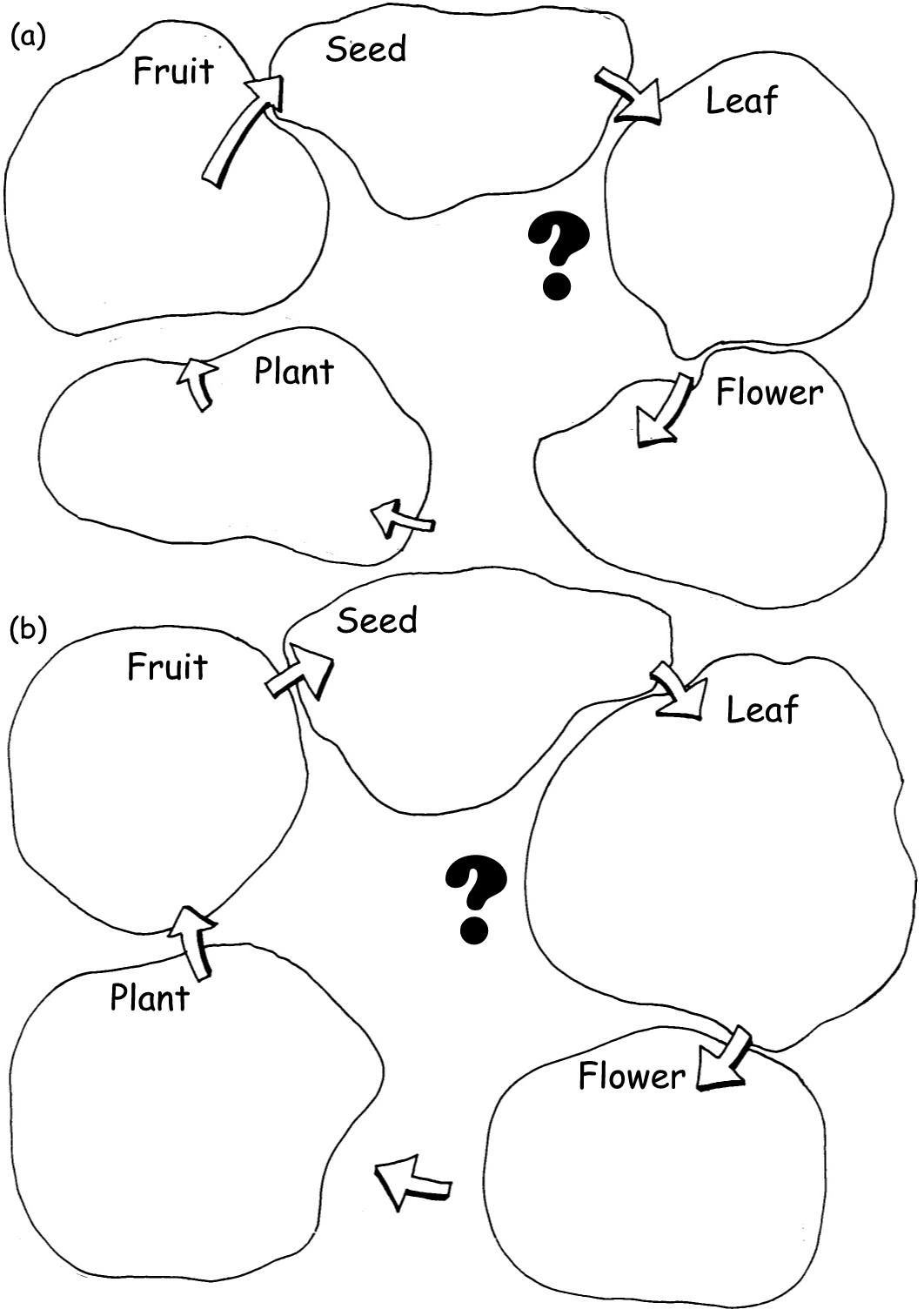














Comments